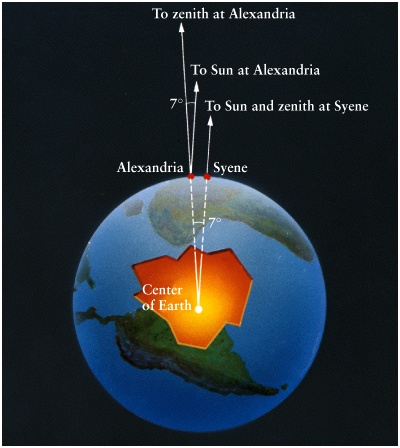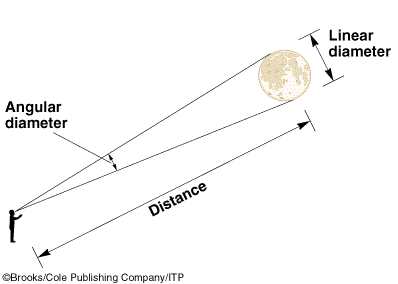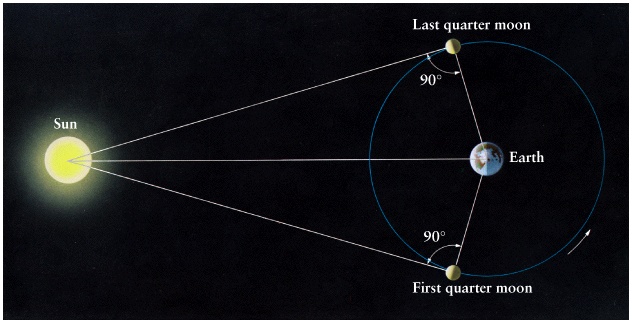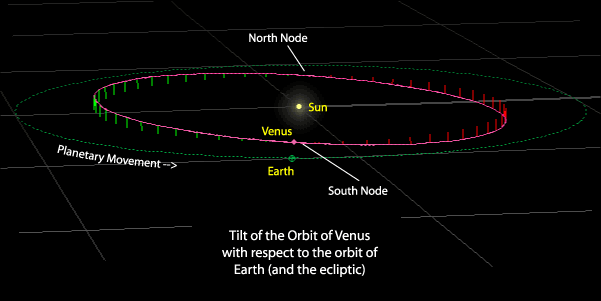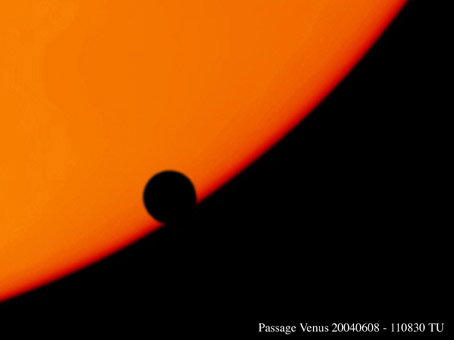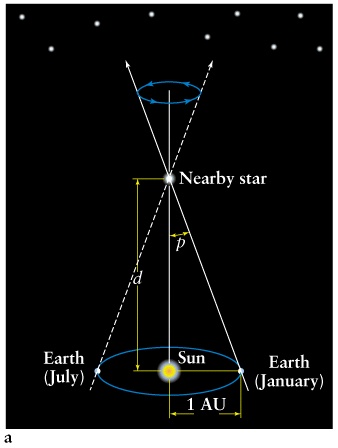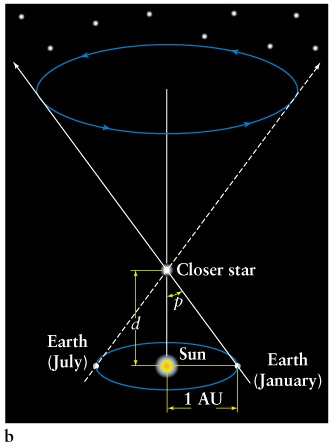- Alexandria is 780 km due north of the ancient city Syene.
- On a day when the Sun is at zenith (directly overhead) at noon at Syene, the Sun is 7o away from Zenith at Alexandria.
- By circular geometry, the circumference of the Earth is
C = 780 km x 360/7 = 39,000 km (modern value: 40,074 km !)
- (The Earth is not exactly a sphere, so this is not exact.)
